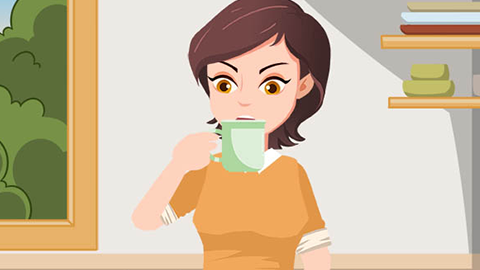Can you drink plenty of water with cholecystitis?
Generally, whether patients with cholecystitis can drink more water depends on the stage and severity of their condition. If discomfort occurs, prompt medical attention is recommended. The details are as follows:

During the remission phase of cholecystitis, when there is no abdominal pain, nausea, or other discomfort and digestive function is basically normal, it is acceptable to moderately increase water intake. Adequate hydration helps dilute bile, reduce bile stagnation in the gallbladder, accelerate metabolism, and assist in eliminating waste, thereby supporting stable gallbladder function. It is recommended to drink 1500–2000 milliliters of water per day.
During an acute episode of cholecystitis accompanied by severe abdominal pain, high fever, or frequent vomiting, drinking large amounts of water is not advisable. At this stage, gastrointestinal function is disrupted, and excessive water intake may worsen vomiting. Additionally, continuous gallbladder contraction could intensify pain. Patients should first seek medical treatment to control the condition, and only gradually resume normal fluid intake after symptoms improve.
Water consumed should be warm boiled water; ice-cold water, strong tea, or carbonated beverages should be avoided. Drink small amounts frequently—about 100–150 ml each time—and avoid consuming large volumes at once. If bloating or worsening abdominal pain occurs after drinking water, stop intake immediately and consult a doctor. Relying solely on increased water intake will not improve the condition; if symptoms persist, follow standard medical treatment as directed by a physician.






